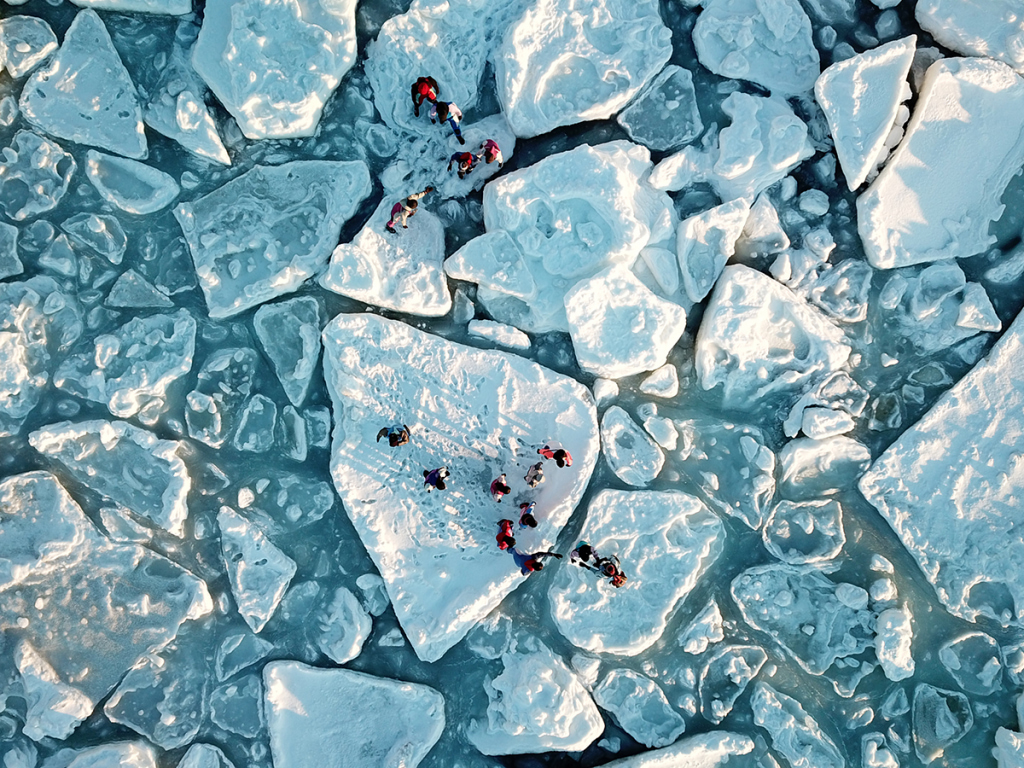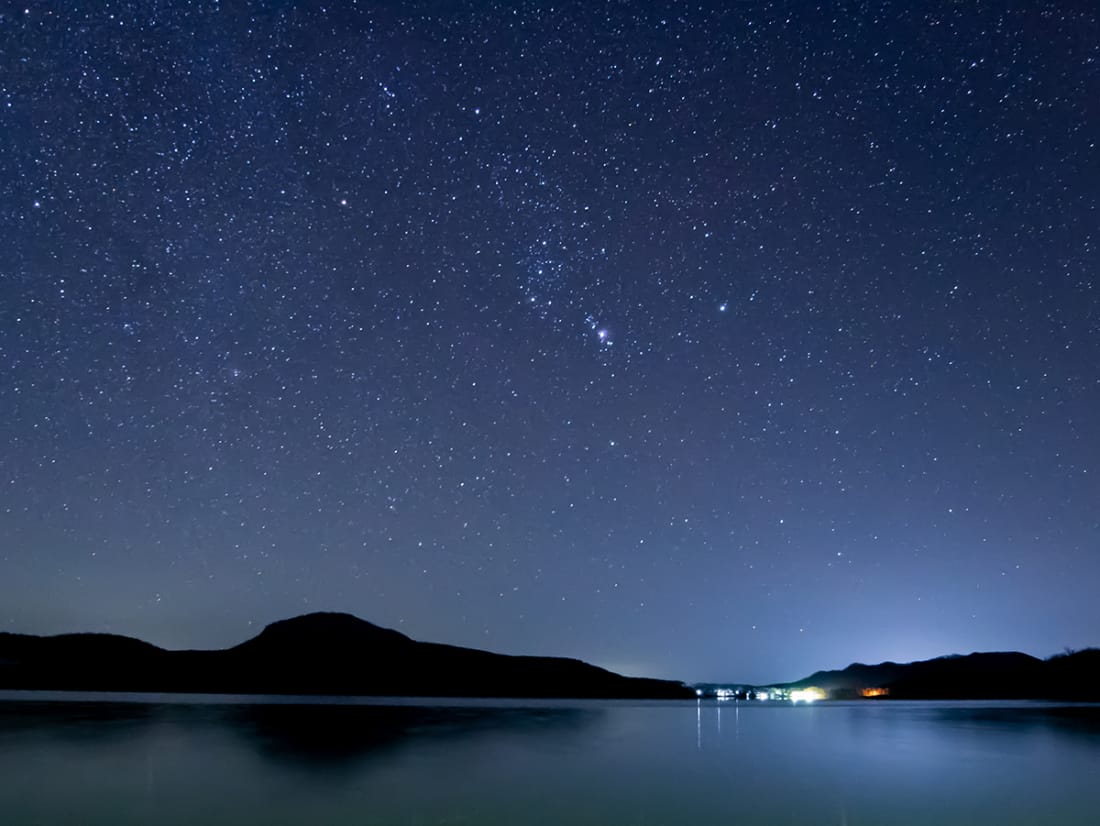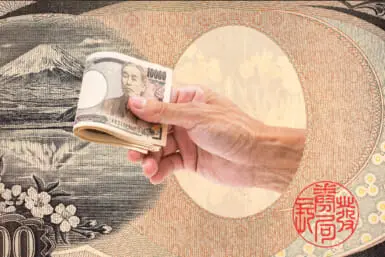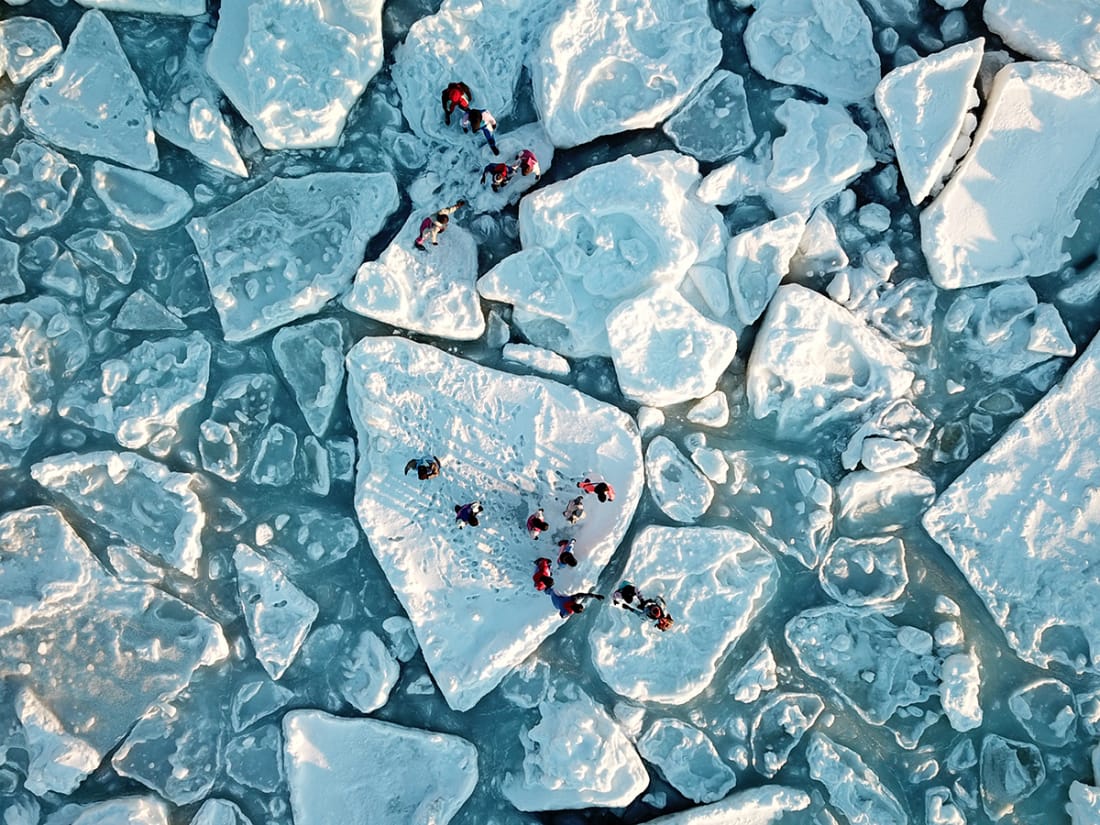
©SHINRA
Travel company wondertrunk&co. is committed showcasing the charms of local Japan. This winter, they’ve developed a sustainable East Hokkaido itinerary perfect for nature lovers and adventurers. The tour, which you can book until March 2021, takes you through the brisk climes of Hokkaido wilderness to the town of Teshikaga, home of the Mashu and Kussharo lakes, as well as to the Shiretoko peninsula, the site of one of the most picturesque and unspoiled national parks in the country. The journey is four days and packed with activities, from snowshoeing to cultural immersion experiences.
Here are five highlights of this winter wonderland tour.
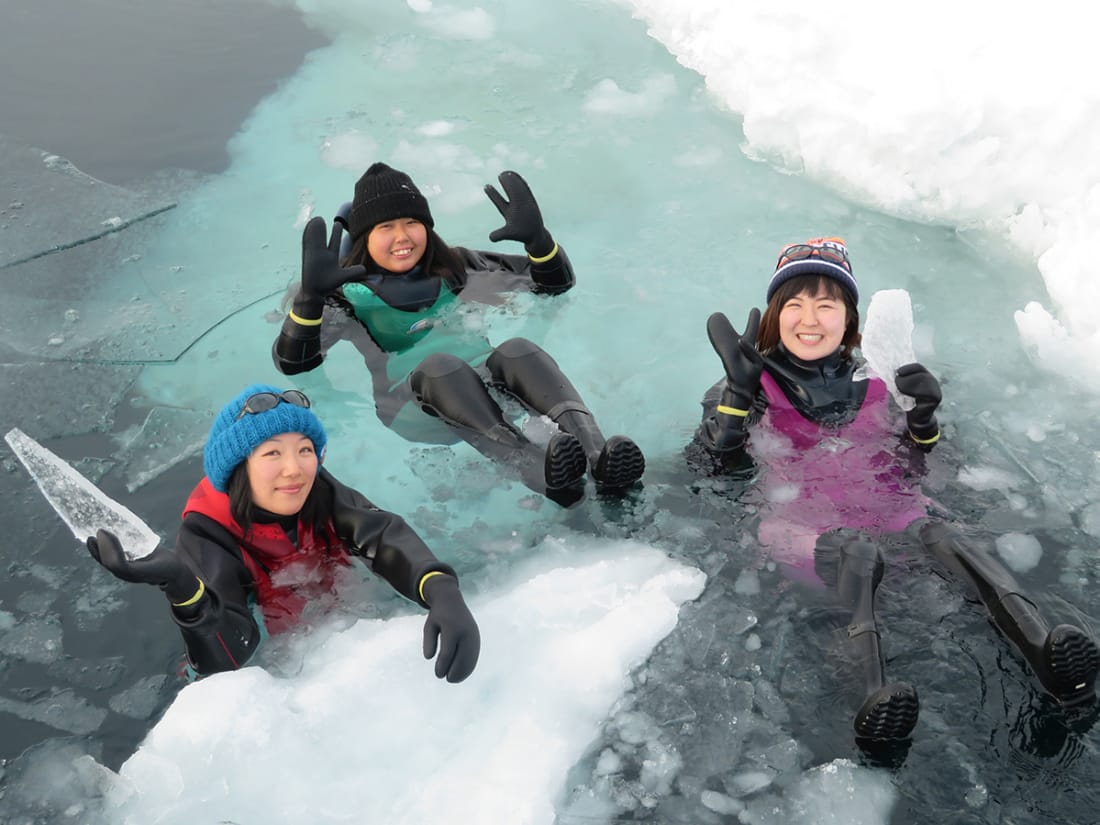
©SHINRA
Shiretoko Ice Drifts
You’ll begin the journey with an unequaled nature walk. The drift ice of the Amur River at the east boundary of Russia moves across the Sea of Okhotsk and reaches Shiretoko by winter, creating a vast, stippled, stark-white horizon in Shiretoko National Park: an Arctic scene that will make you ask, Am I in Japan? This is a seasonal event, occurring only under the right climatic conditions – typically the ice is most plentiful in late February. wondertrunk&co. recommends that you watch the sun set over the sea of ice, a wonder best witnessed from the Horobetsu Bridge. On the tour, you can actually walk and lie on the bobbing glacial formations, but depending on the volume of ice, you could find yourself swimming in the Sea of Okhotsk among the native birds.
At night, you will stay at Kitakobushi Shiretoko Hotel & Resort. After the exhilarating daytime walk, you can enjoy sweeping views of the sea and the adjacent harbor, where boats are usually tied up for the season.
Lake Mashu at Nighttime
Teshikaga Town encompasses a little over half of the area of Akan-Mashu National Park. Winter, when the air is the clearest, is the prime time to visit. The white-capped mountains and frosty trees around Mashu Lake are lucid, and you can see whooper swans sitting on the water. This has been deemed one of the clearest lakes in the world. The sapphire color of the water is so distinct that it’s earned its own appellation: Mashu blue. The stately volcanic peak of Mount Mashudake is reflected perfectly in the water when conditions are right. On the tour, you take a nighttime walk – there is a hiking trail leading from an observation deck to Mashudake, along the caldera rim – as the stars, unspoiled by light pollution, fan out above you. It deserves emphasis that even daytime temperatures frequently fall well below freezing, so layer up for the night walk.
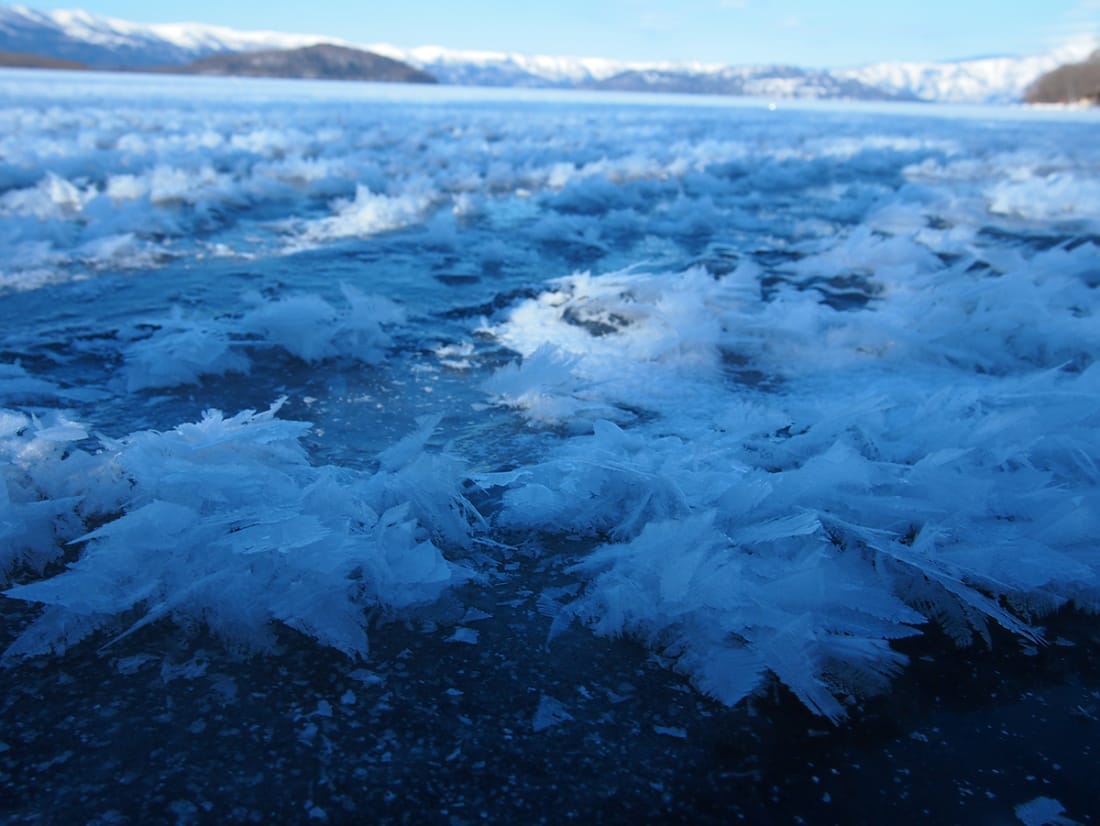
Lake Kussharo Frost Flowers
Kussharo is another natural wonder in Teshikaga. As the largest caldera lake in Japan, the shore is vast and surrounded by interesting geographies, from hot springs to campgrounds and even a substantial island in the center of the water. At this time of year, when steam rising from the surface freezes in the air and lodges itself in the ice, it forms glacial crystals called “frost flowers.” For these rare flowers to bloom, several conditions must be met: the quality of the wind, the temperature of the air versus the water, etc. But when you can catch a glimpse of the lake dotted with these shrublike forms, the scene is fantastic. For a nature walk there is a waterside trail on the Wakoto Peninsula, which pushes into the lake.
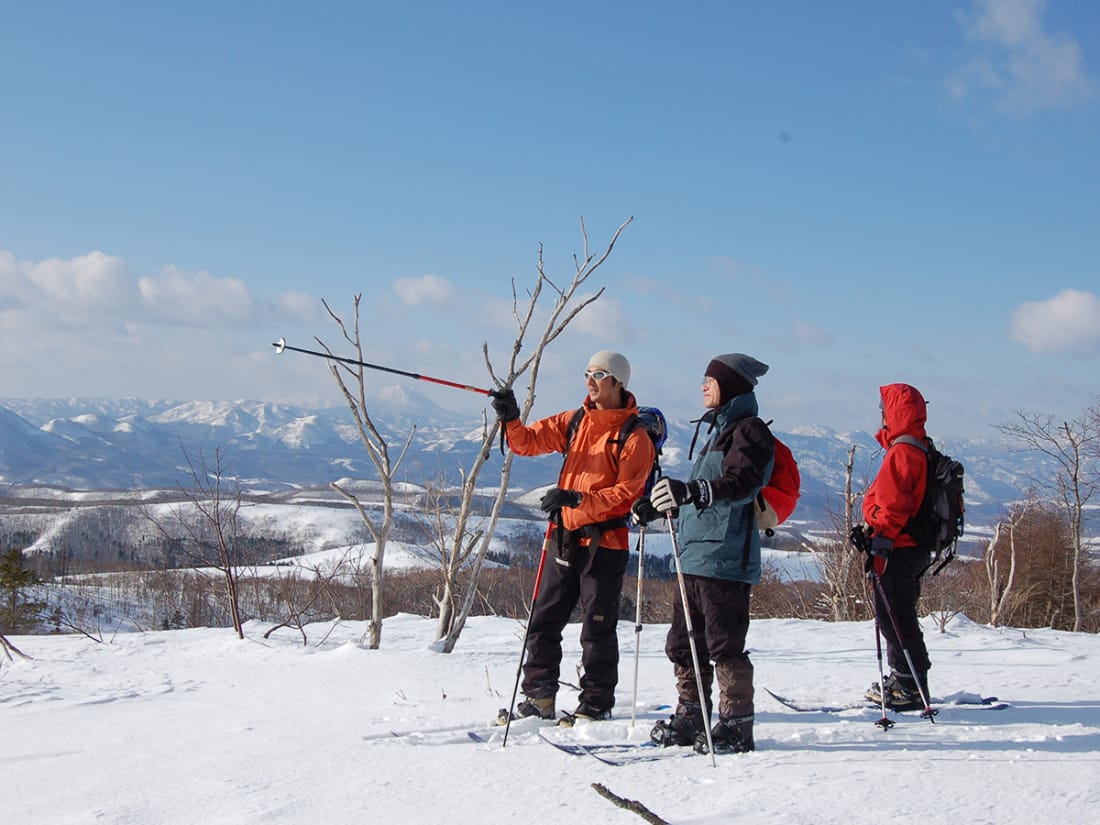
Kawayu Onsen
The Kawayu hot springs are part of a little town on the east side of Akan-Mashu National Park, between Mashu and Kussharo Lakes. Being situated at the foot of Iozan, or Sulfur Mountain, a sulfurous smell is carried in the steam of the adjacent Kushiro River, giving the area extra onsen feel. These springs are strongly acidic with their accumulations of hydrogen sulfide, iron and copper, and the renowned sterilizing effect makes Kawayu a particularly popular resort.
With wondertrunk&co. you actually get to snowshoe around the area, around the bottom of Sulfur Mountain. Being one of the coldest areas in Japan – temperatures often dip below negative 20 degrees Celsius – has its sightseeing perks. In the frigid air, that sulfurous steam adheres to the trees around the river and creates stunning crystalline frosts on their branches. In lieu of snowshoeing at this time, you can canoe down the Kushiro River (wetsuit included), or even opt to trek around Lake Mashu, the Lake Kussharo area or the Kussharo caldera with either snowshoes or skis.
After your trek, you rest at Kinkiyu Hotel, which has its own onsen and Japanese-style rooms.
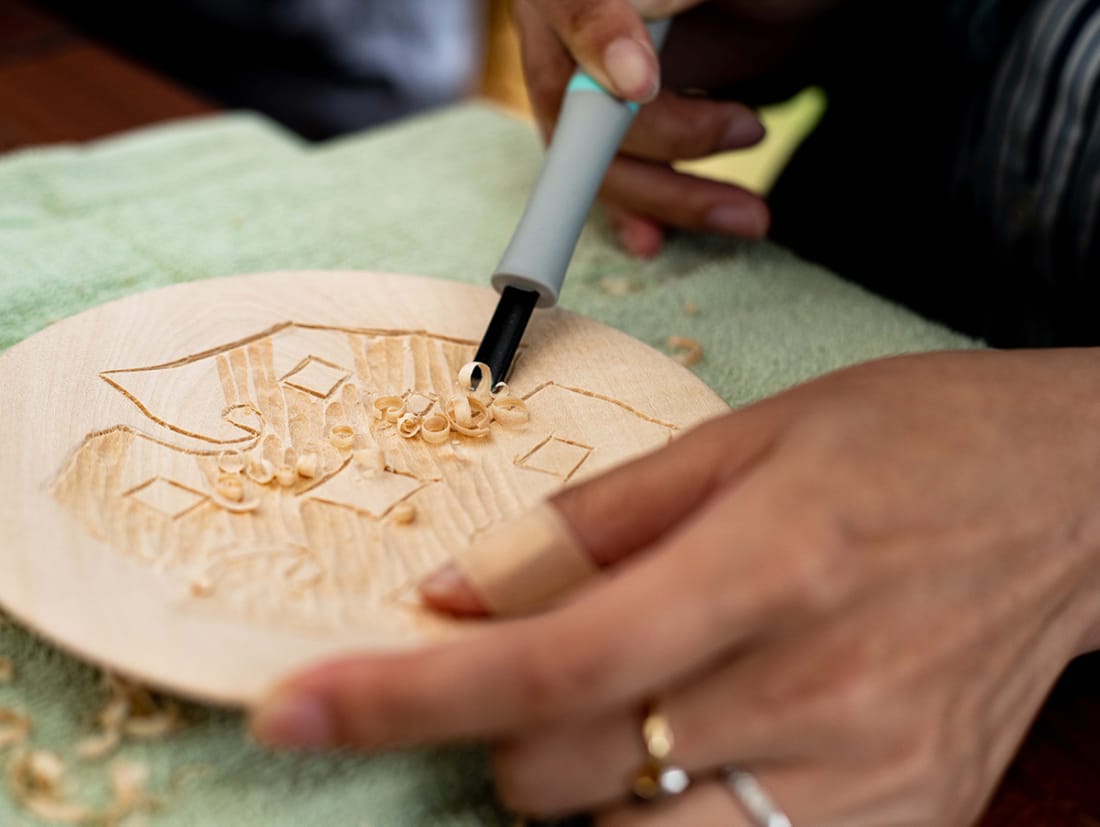
Ainu Crafts
In the Kawayu area, you also participate in an Ainu craft workshop. The Ainu, a group indigenous to Hokkaido, nurture a rich material culture. A couple named Isori-san and Saito-san teach you to carve wooden plates with fluid crest-like patterns. Isori-san often recounts stories of Ainu history and culture while carving.
For further details on the wondertrunk&co. East Hokkaido tour, see here.
Sponsored Post

